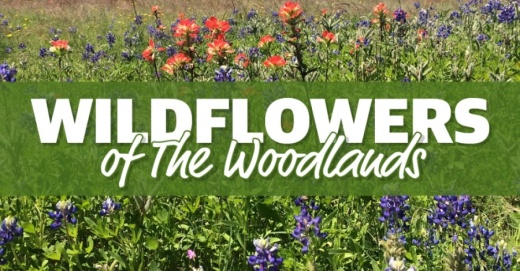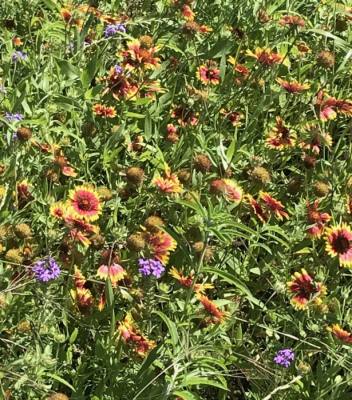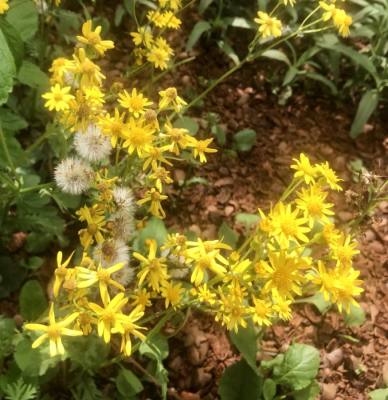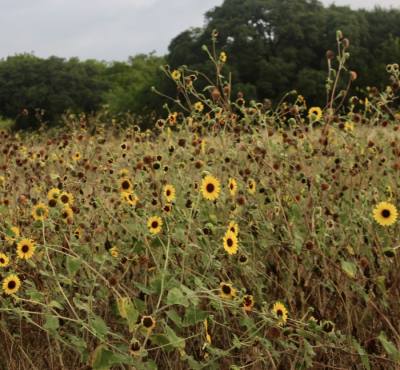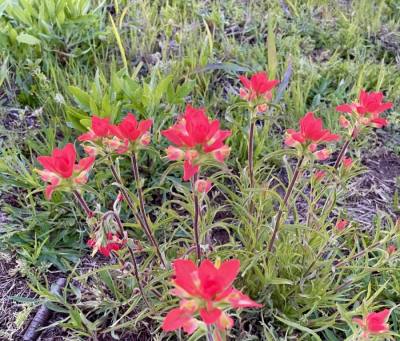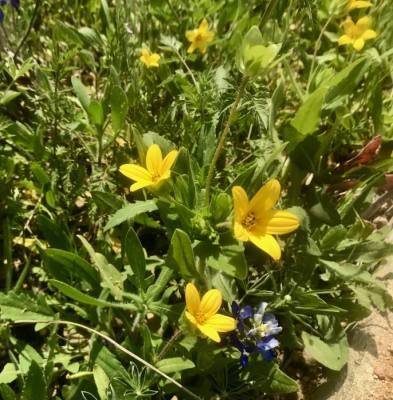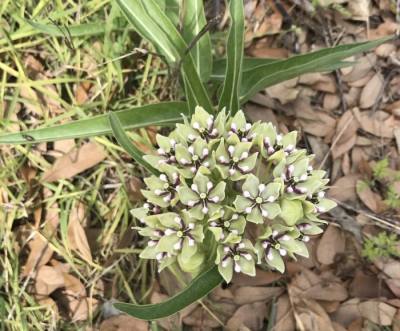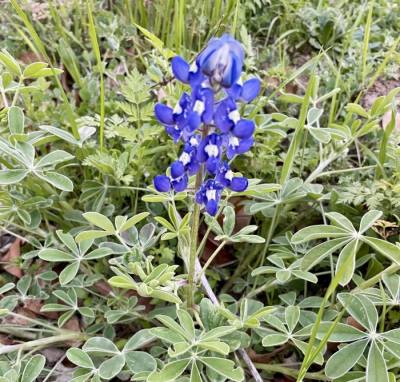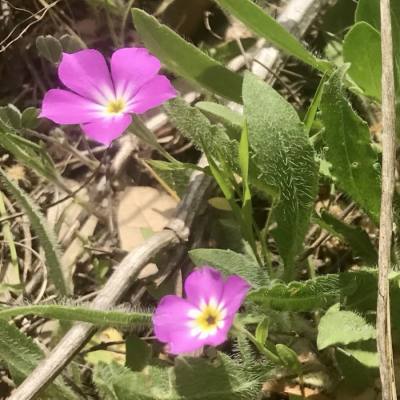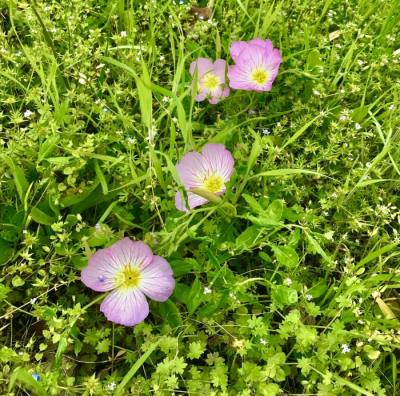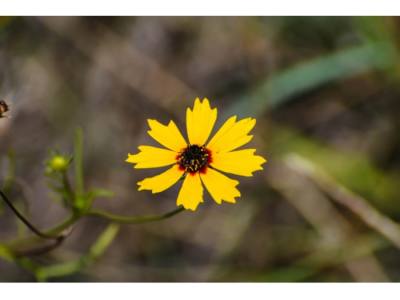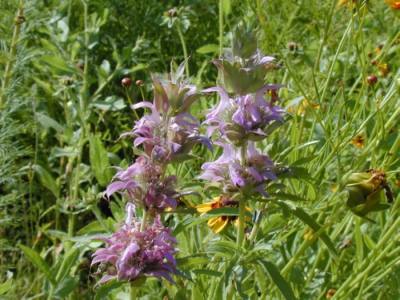“Most native perennial or biennial plants such as bluebonnets fared just fine under the insulated snow and ice,” TPWD botanist Jason Singhurst said in a news release.
Michael Potter, the county horticulture agent with Texas A&M AgriLife Extension Service in Montgomery County, said in late April a warm snap pushed many wildflowers to their peak, but blooming season should continue through May.
“Right after that freeze it heated up the soil, which helped a lot, but it kind of slowed them down,” he said.
Other wildflowers such as verbenas may persist until the fall if weather conditions permit, he said.
The Woodlands is home to hundreds of wildflower species that can be found in open fields, along local roads and highways, and at community parks and nature preserves. Here are some of the most prominent that can be found in the area.
Goldeneye phlox
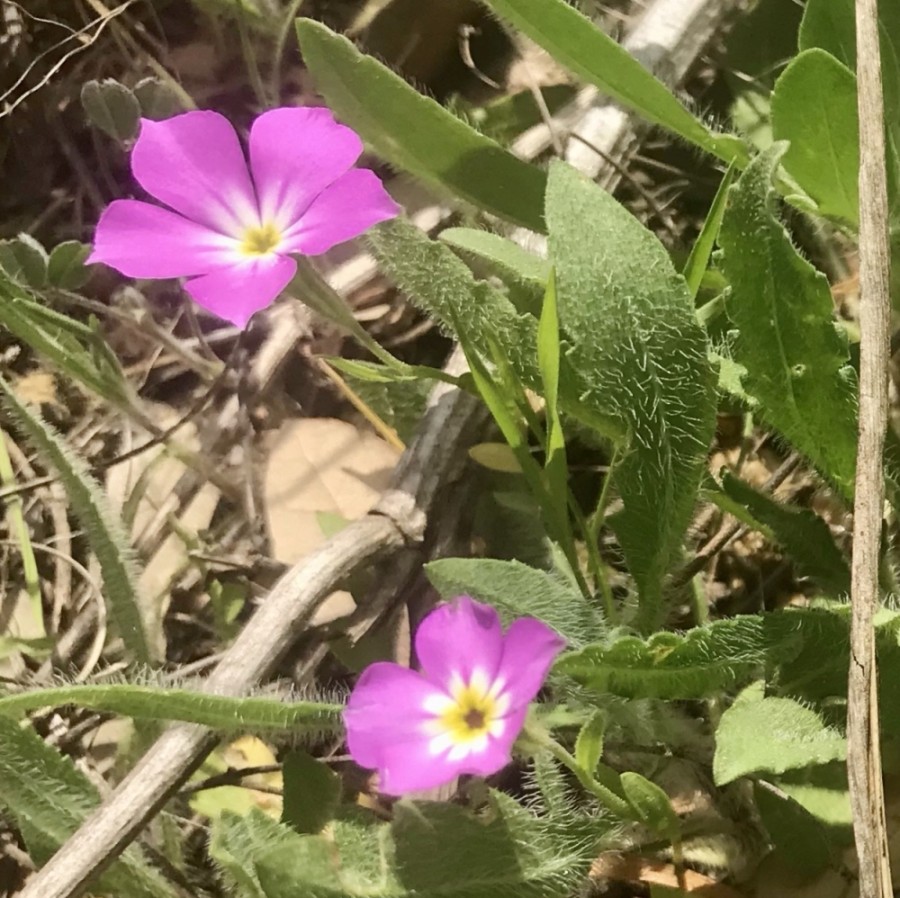 Visual: small purple or pink flower with five petals and a hollow, white-to-yellow center
Visual: small purple or pink flower with five petals and a hollow, white-to-yellow centerFun fact: Phlox is pronounced “flocks."
Time active: February-May
Golden groundsel
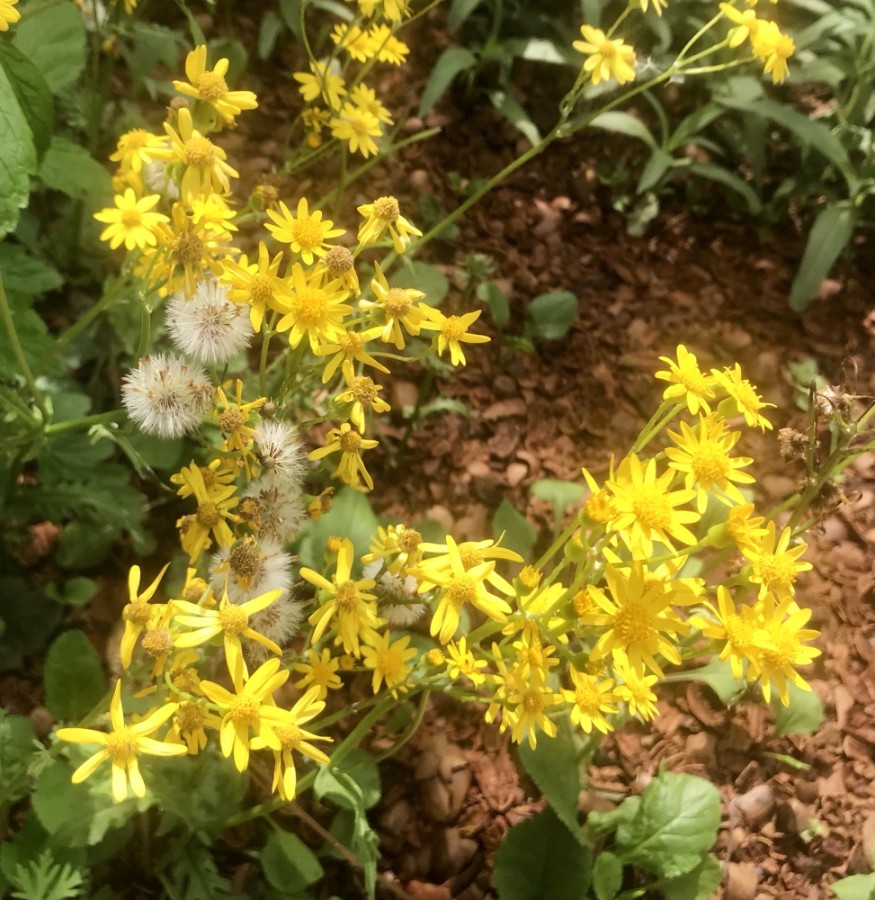 Visual: small flowers with spread-out, yellow petals and an orange pollen disc at the center
Visual: small flowers with spread-out, yellow petals and an orange pollen disc at the centerFun fact: It is an evergreen plant that blooms each spring.
Time active: February-June
Pink evening primrose
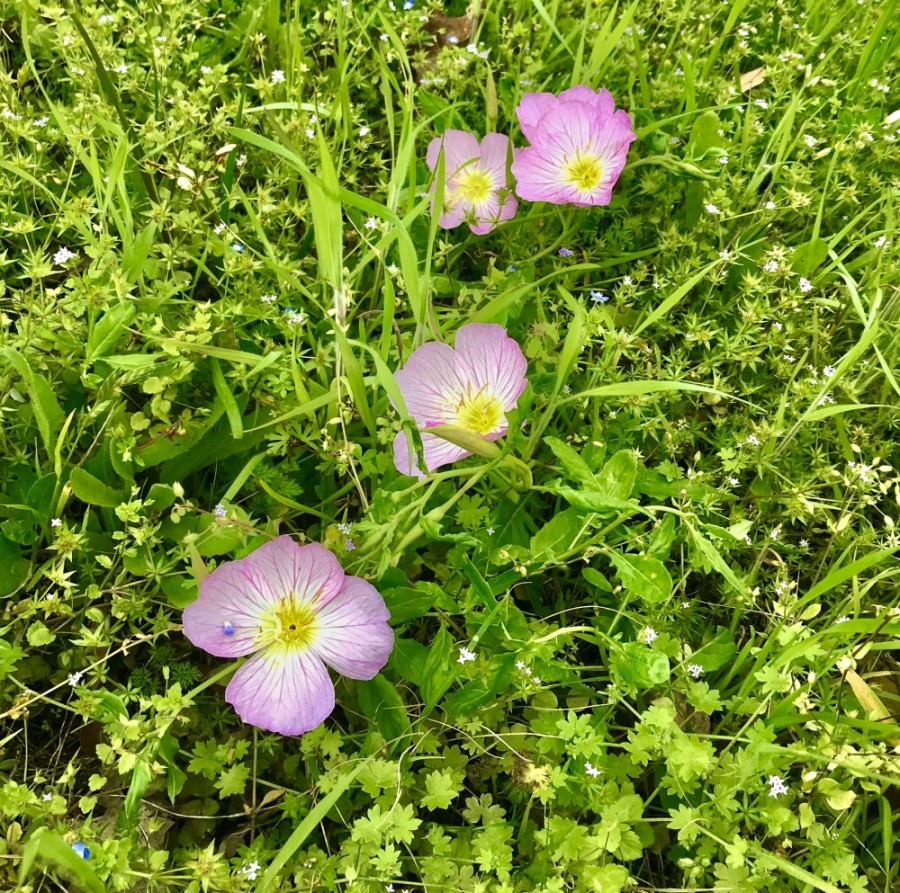 Visual: a light pink or white flower with a yellow center and four distinct petals
Visual: a light pink or white flower with a yellow center and four distinct petalsFun fact: Evening primroses typically open flowers in the evenings.
Time active: February-June
Texas bluebonnets
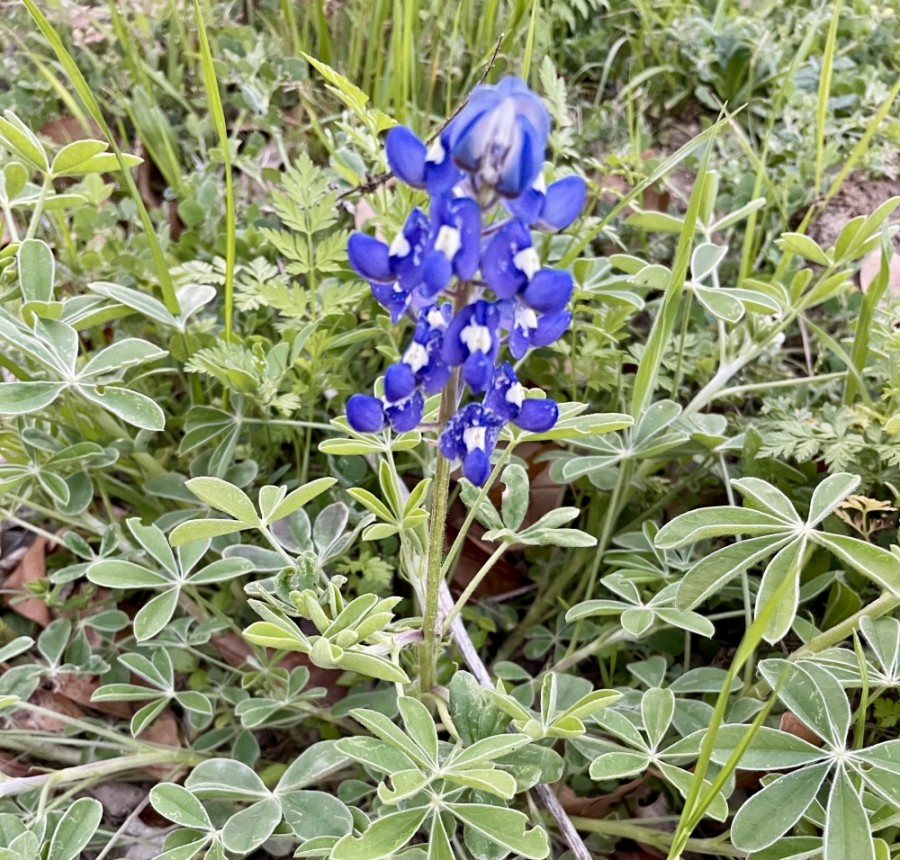 Visual: a group of purple/blue and white petals at the top of a thin stem
Visual: a group of purple/blue and white petals at the top of a thin stemFun fact: It is the official state flower of Texas.
Time active: March-May
Indian paintbrush
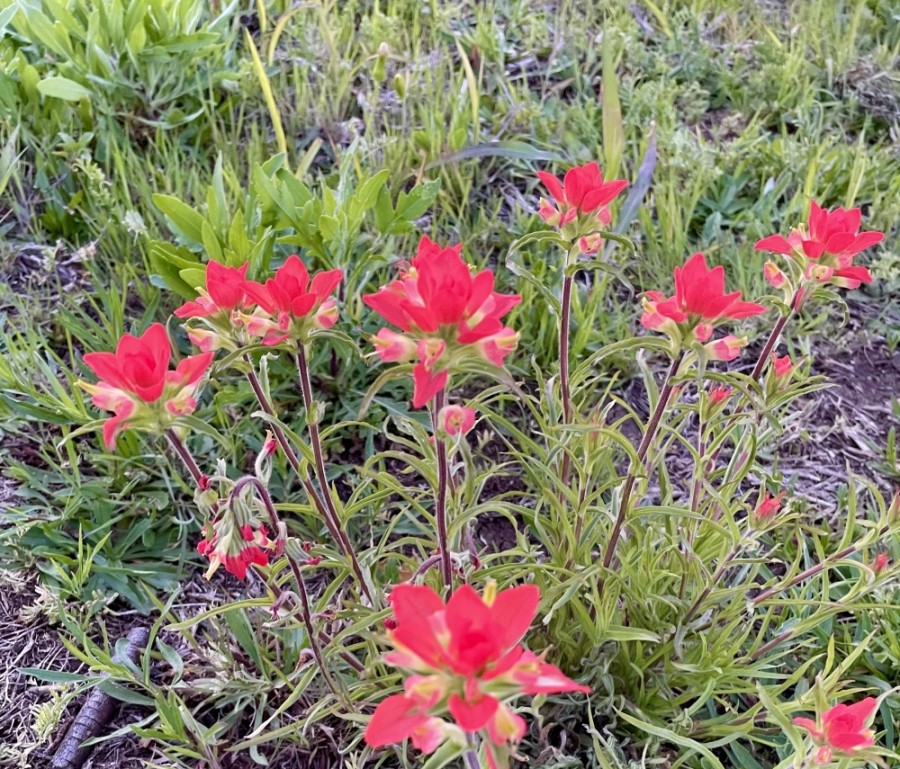 Visual: fanned top with orange/red leaves under small, white flowers
Visual: fanned top with orange/red leaves under small, white flowersFun fact: Varieties can vary in color, including shades of yellow.
Time active: March-May
Texas yellowstar
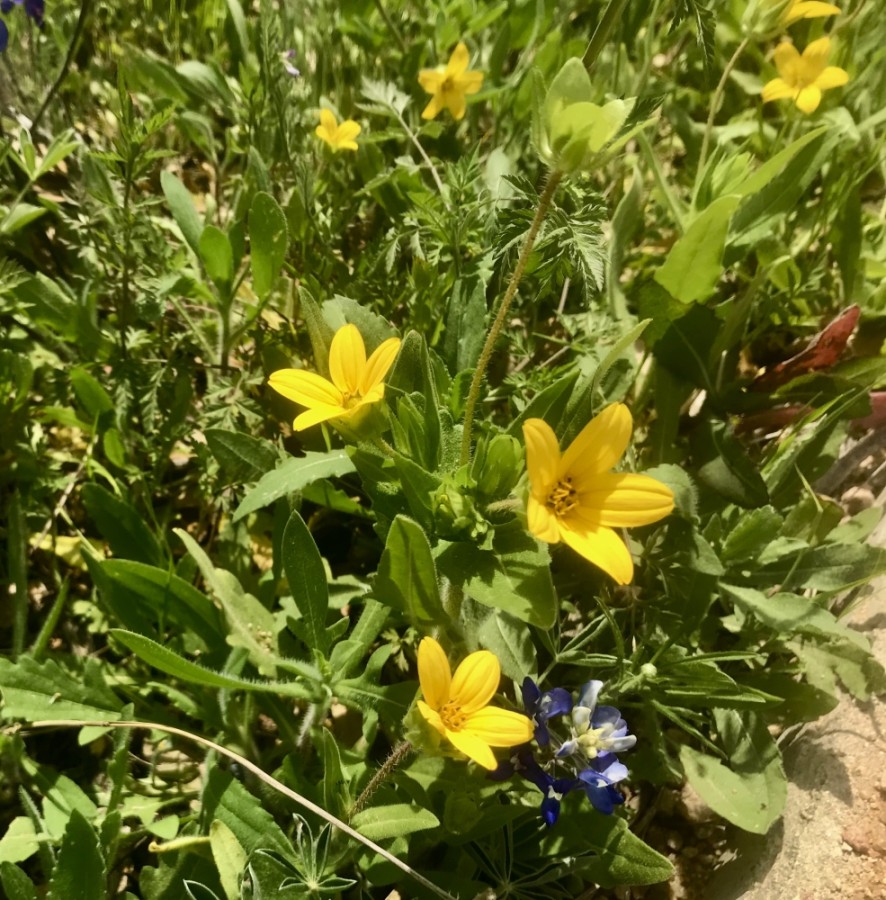 Visual: a small, star-shaped flower with yellow, pointed petals
Visual: a small, star-shaped flower with yellow, pointed petalsFun fact: Flower stars can have five, six or three petals.
Time active: March-May
Antelope horns milkweed
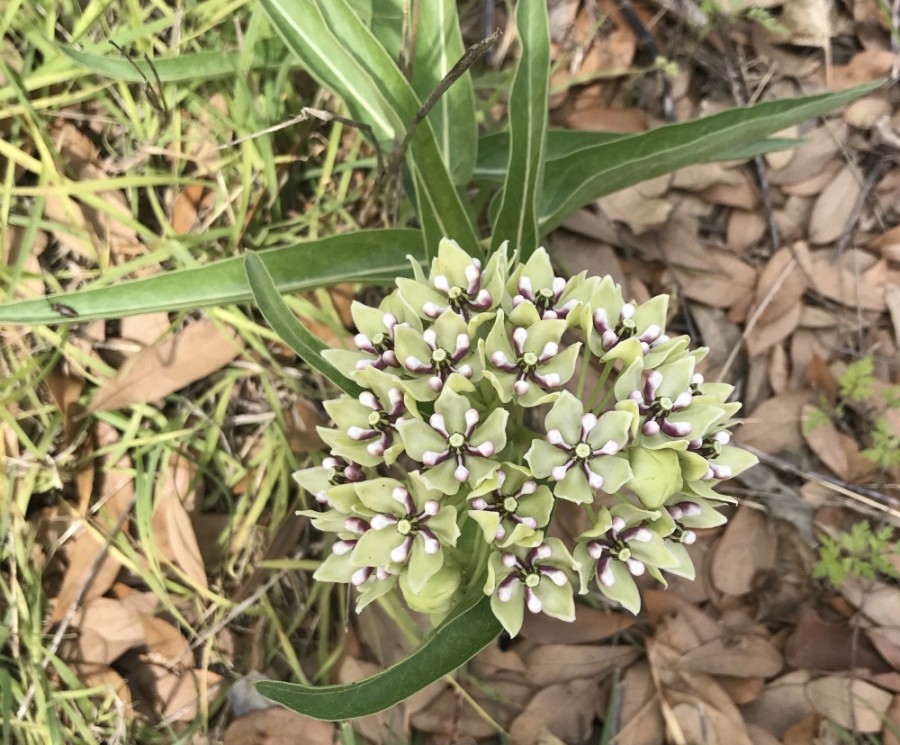 Visual: cluster of small green, white and purple flowers atop a stem
Visual: cluster of small green, white and purple flowers atop a stemFun fact: Milkweed is the food source for monarch butterfly caterpillars.
Time active: March-October
Horsemint
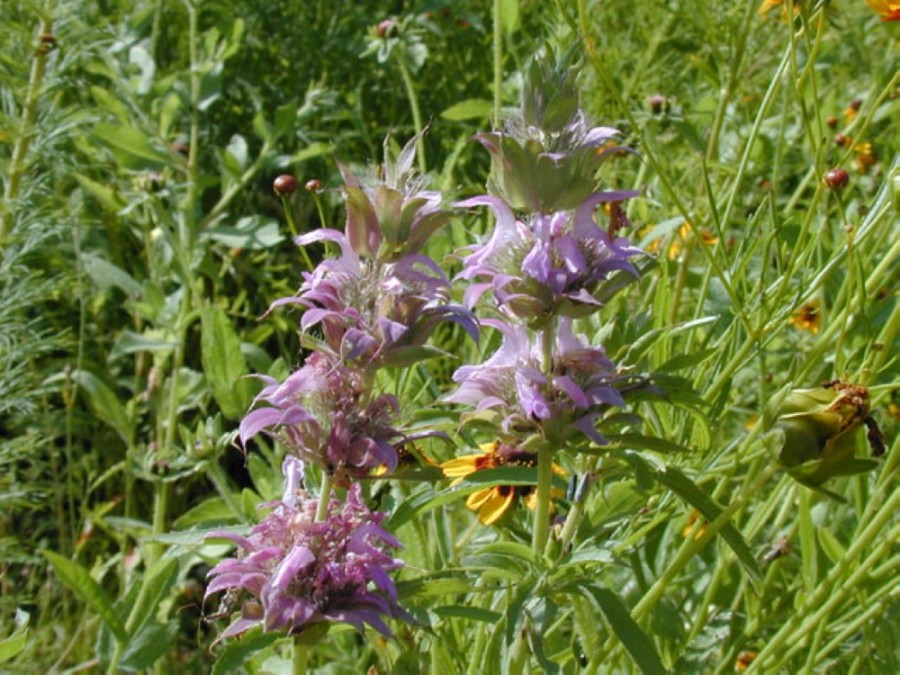 Visual: white, pink or purple flowers in bunches atop the stem
Visual: white, pink or purple flowers in bunches atop the stemFun fact: It can stay in bloom through the summer if adequate rain is present.
Time active: April-June
Plains coreopsis
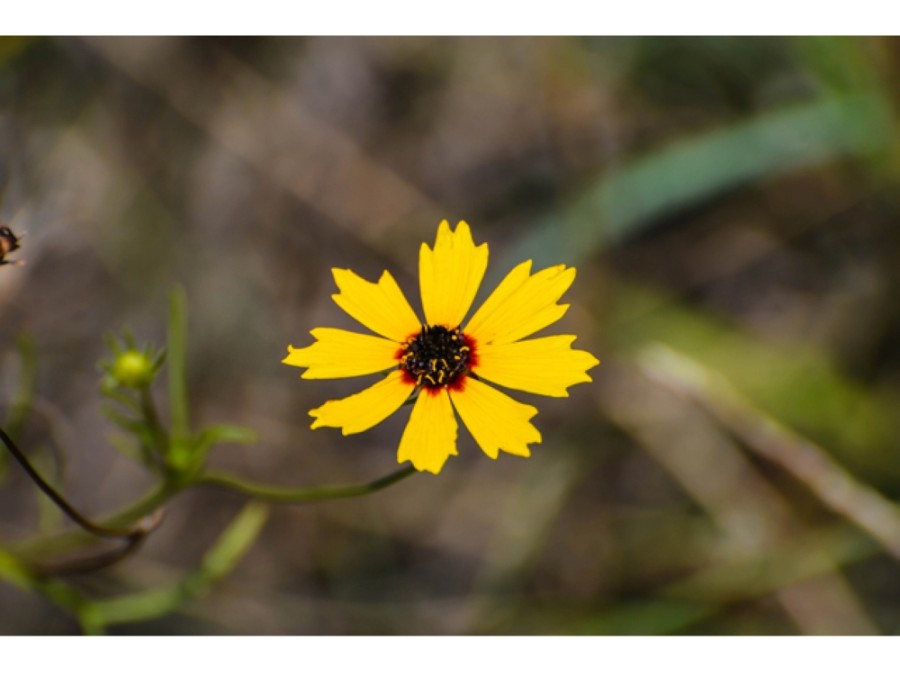 Visual: round flower head with yellow petals and a red ring at the center
Visual: round flower head with yellow petals and a red ring at the centerFun fact: It can be found across much of the United States.
Time active: April-June
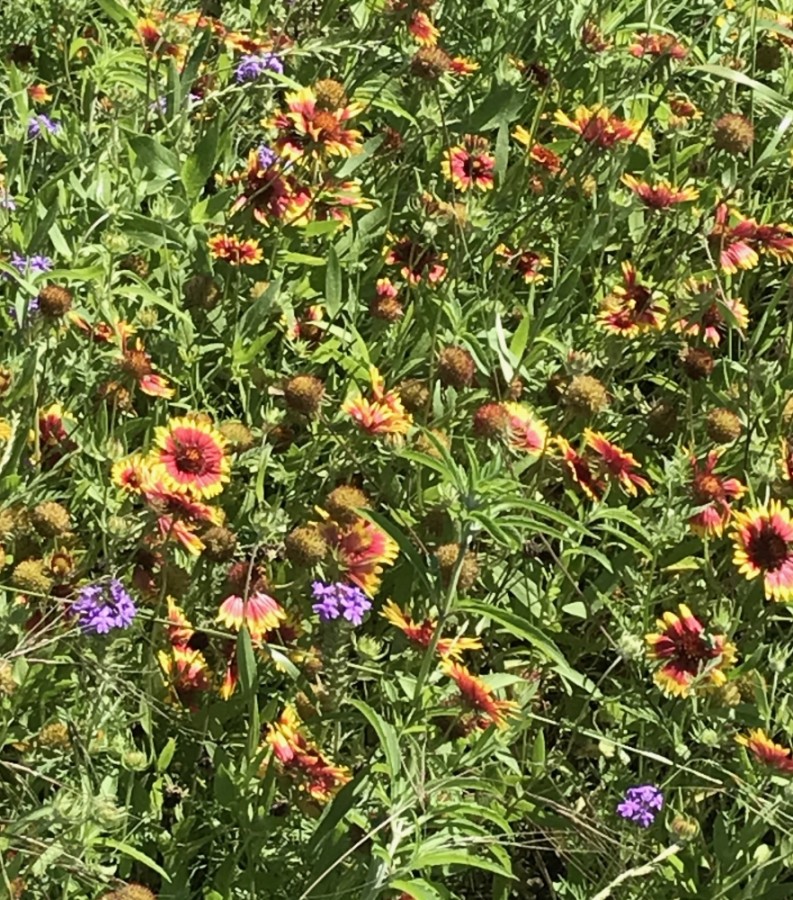 Firewheel
FirewheelVisual: round flower with yellow-tipped red petals
Fun fact: They are also known as Indian blankets.
Time active: April-June
Common sunflowers
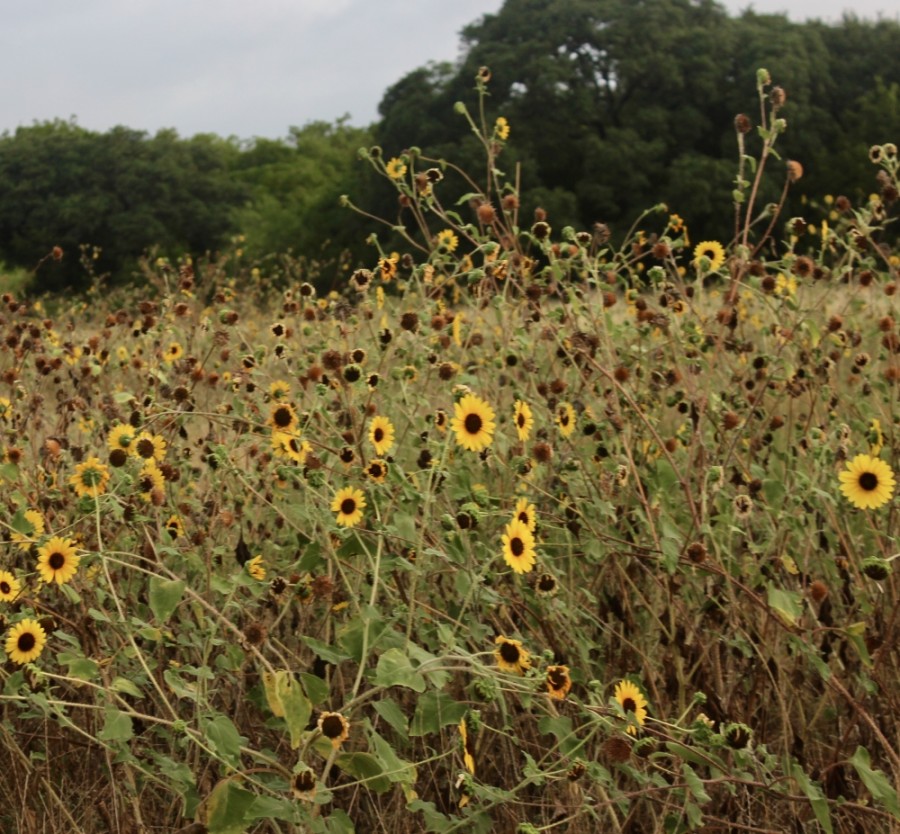 Visual: large, round yellow flowers with a dark brown seeded center atop a tall stem
Visual: large, round yellow flowers with a dark brown seeded center atop a tall stemFun fact: The seeds are edible and can be used to make oils.
Time active: July-October





